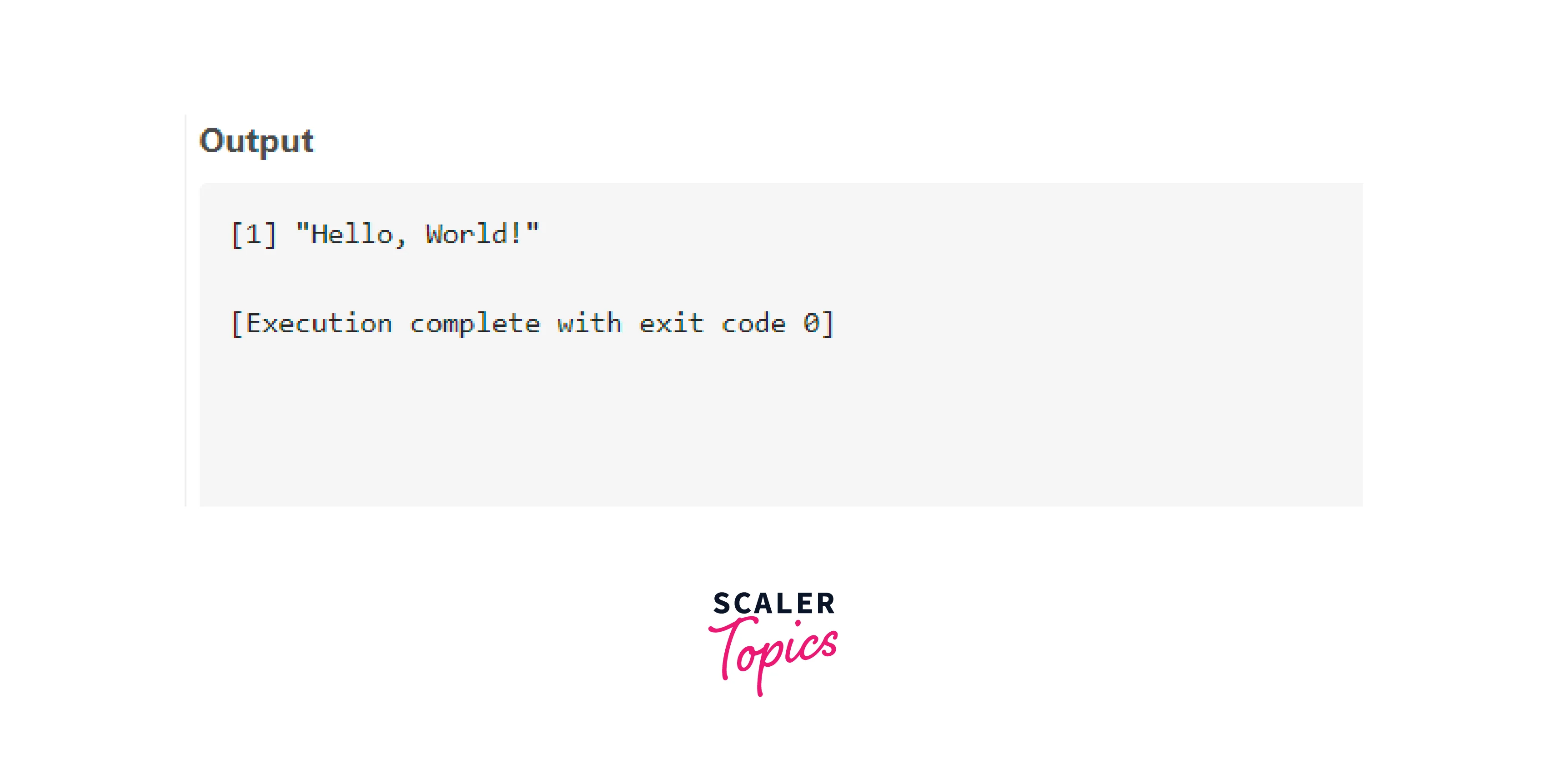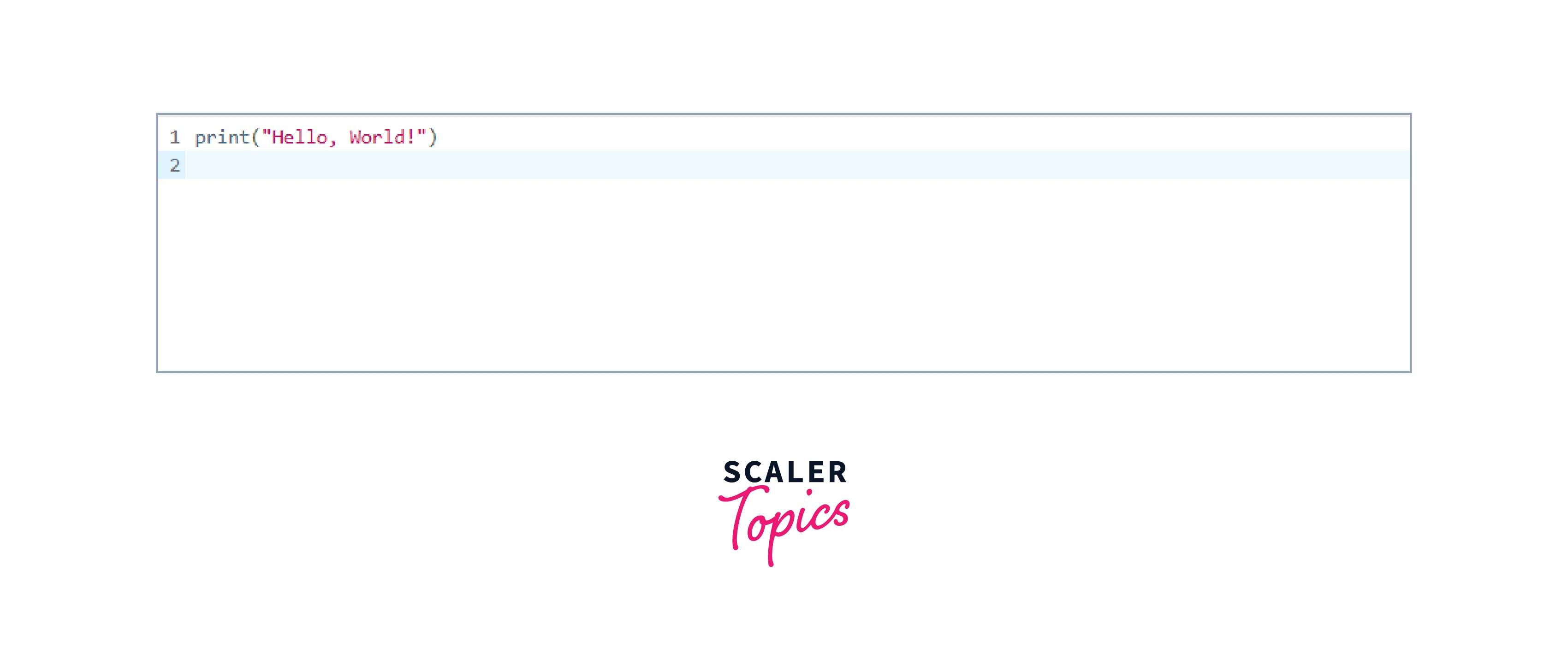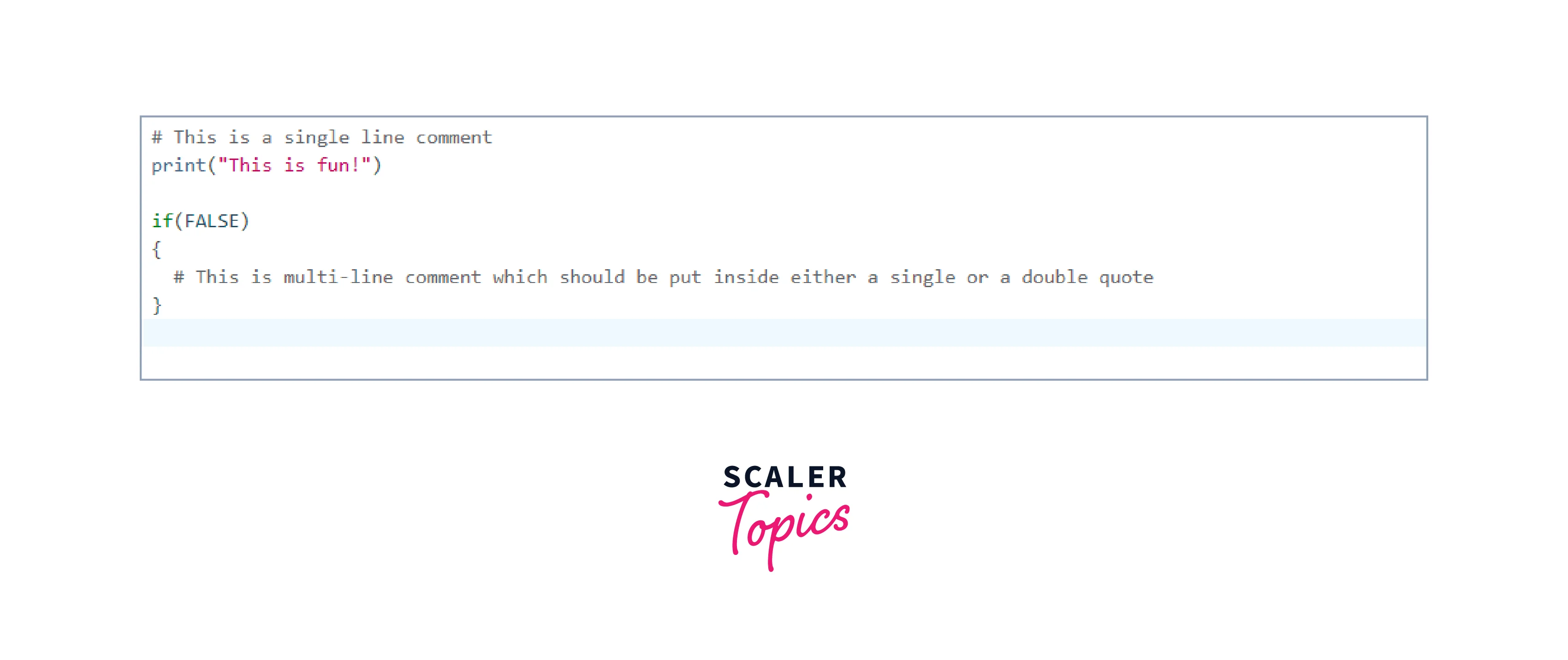Syntax in R Programming
Overview
R is a powerful programming language widely used for statistical computing and graphics. It provides a flexible and efficient environment for data manipulation, analysis, and visualization. In this article, we will explore some fundamental concepts in R that include assigning variables in R, using the R command prompt, understanding R script files, writing comments, concatenating and converting data in R, and an overview of loops and data types.
Assign a Variable
In R, variables are used to store and manipulate data. To assign a value to a variable, we can use the assignment operator "<-". At times we also use the "=" operator like we do in other programming languages. For example:
R Command Prompt
The R command prompt is an interactive interface where you can directly enter and execute R commands. It allows for quick experimentation and testing of code snippets. You can access the command prompt by launching R or an integrated development environment (IDE) such as RStudio.

R Script File
R also supports the creation and execution of script files. Script files are text files with a .R extension that contain a sequence of R commands. You can create, edit, and save scripts using any text editor. To run a script file, you can either use the command prompt or an IDE.
In the example mentioned in the command prompt section, we can see that “Hello, World!” is being printed on the console. In order to do it little differently we can do the same thing using print() which prints to the console. We have to write our code inside scripts which are called RScripts in R. In order to write a script file add the required code in a file and save it as FileName.R i.e. with a .R extension and then run it in console by writing:

Rscript FileName.R
R Comments
Comments in R are used to add explanatory notes or disable specific lines of code. They are ignored by the R interpreter and are solely meant for human readers. Comments start with a hash symbol "#" and can span across multiple lines. For example:

Concatenate and Convert/Coerce
Concatenation in R refers to combining multiple strings or vectors into a single entity. The paste() function is commonly used for concatenation. It takes multiple arguments and returns the concatenated result. For example:
Example 1:
Data conversion, also known as coercion, is the process of changing the data type of an object. R provides several functions for data type conversion, such as as.character(), as.numeric(), and as.logical(). These functions enable you to convert data from one type to another, ensuring compatibility for different operations and analyses.
Example 2:
Output:
Example 3:
Output:
Example 4:
Output:
Loops
Loops in R allow you to execute a block of code repeatedly until a specific condition is met. The two most commonly used loop constructs in R are the "for" loop and the "while" loop. They provide flexibility in iterating over sequences or executing code based on a condition.
Data Types
R supports various data types, including numeric, character, logical, factor, and more. Numeric data type represents numbers, character data type represents strings of text, and logical data type represents boolean values (TRUE or FALSE). Factors are used to represent categorical variables with predefined levels.
Conclusion
In this article, we explored one of the most widely used programming language in statistical computing. Let's take a quick recap on all the points we have covered.
- We looked into some fundamental concepts in R like:
- Assigning variables by using <- and not by general = symbol,
- We also discussed situations where = is used for the assignment especially while declaring functions.
- Using the R command prompt which is an environment for running R programs and script files which are nothing but code written under scripts called as R scripts and saved as 'FileName.R',
- We then looked into writing comments which makes reading code easy. It starts with '#' symbol.
- Concatenating, coercing and converting data into different data types using built in methods like as.character(), as.numeric().
- And a brief overview of loops and data types. These concepts serve as building blocks for more advanced R programming and data analysis. By understanding these basics, you will be better equipped to work with R and harness its power for statistical computing and data manipulation.
